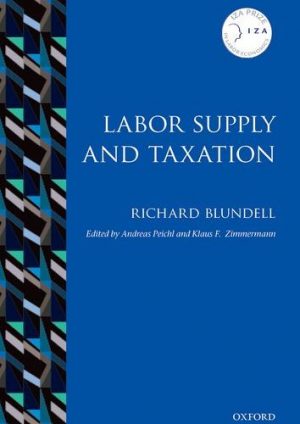The labor market impact of the Working Families’ Tax Credit
Chapter 8 of Labor Supply and Taxation, Richard Blundell. Andreas Piechl and Klaus F. Zimmerman (Eds).
This chapter analyses the impact of the Working Families Tax Credit (WFTC) on working hours and employment. In 1998, the UK Chancellor, Gordon Brown introduced the Working Families Tax Credit (WFTC) as a replacement for Family Credit (FC), the UK’s main in-work benefit. The structure of WFTC was modelled closely on the FC system, with the exception that WFTC was to be packaged as a refundable tax credit rather than as a welfare benefit. The government claimed that WFTC ‘would improve work incentives, encouraging people without work to seek employment.’ This was to be achieved by boosting the in-work incomes available to families in low-wage jobs with children. The WFTC effectively targets two groups: single parents and married couples with children. The chapter simulates labour supply responses using a discrete behavioural model of household labour supply with controls for fixed and childcare costs, and unobserved heterogeneity.




